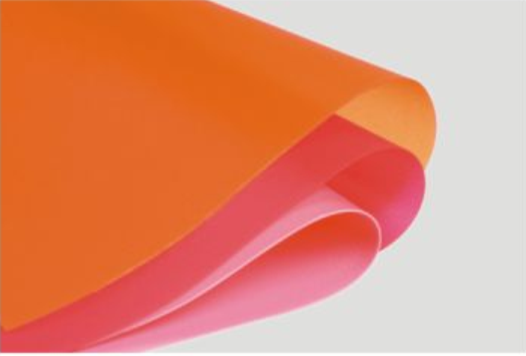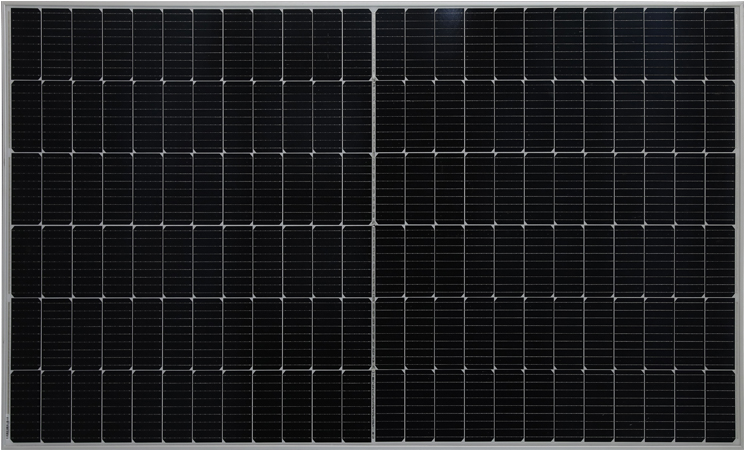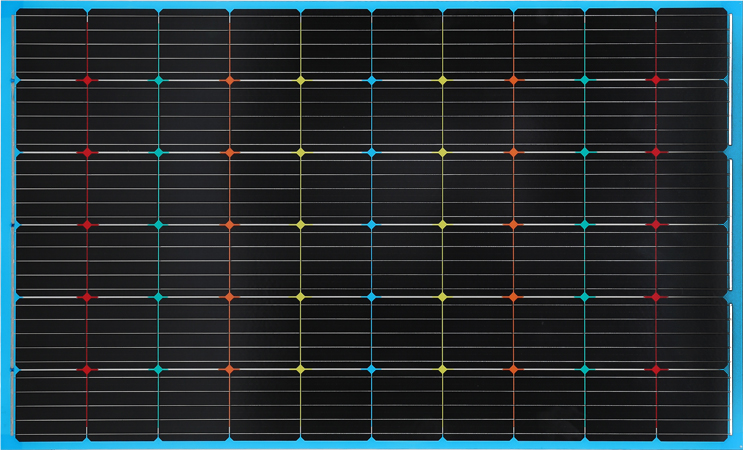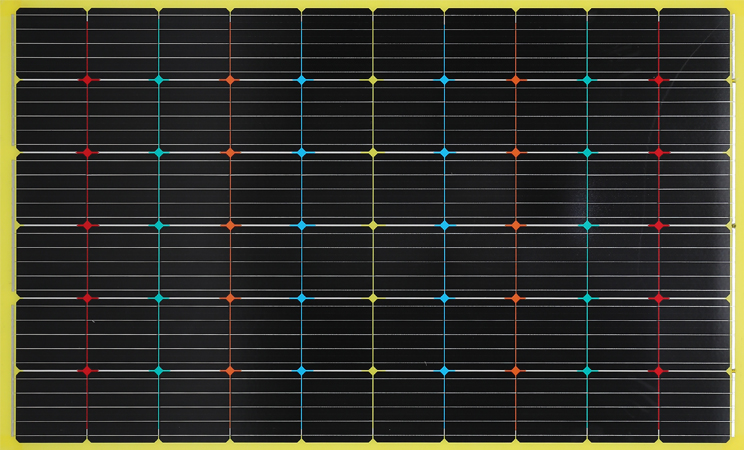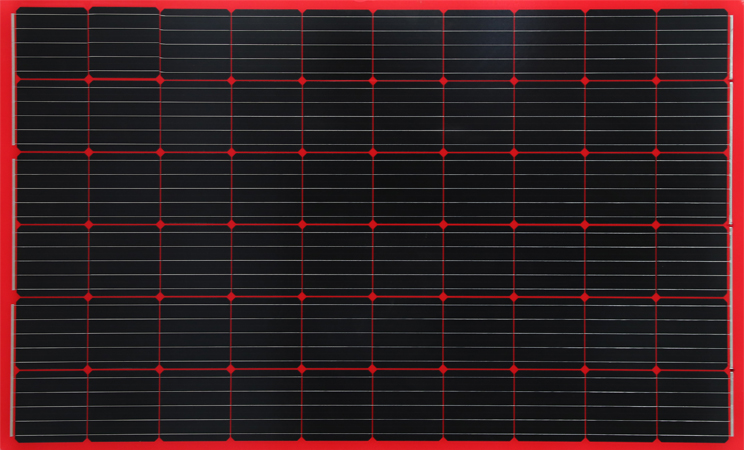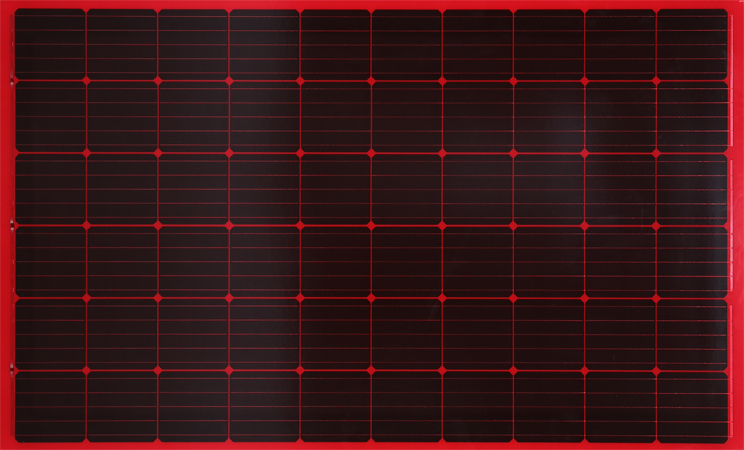PVB Film is a non-cross-linked polyvinyl butyral used as an interlayer in the production of laminated glass for automotive, architectural and solar modules applications. The film is bonded between two panels of glass under heat and pressure to form a glass "sandwich" that is optically transparent and mechanically tough. The PVB interlayer is tough and ductile so if the glass is broken, the fragments tend to adhere to the interlayer rather than falling free and potentially causing injury. PVB film is also UV-resistant, providing protection from harmful ultraviolet radiation.
The global PVB Film for the automobile market has witnessed robust growth in recent years, owing to increased utilization of these films in manufacturing of safety glasses in vehicles. Automobile manufacturer are rapidly incorporating PVB resins in windshields, rear and front view mirrors, windows, and dashboard displays for vehicle components due to their heat & noise reduction, durability, and chemical stability.
In addition, PVB films offer thermal resistance and pierce resistance/bulletproof properties. These features make them an ideal choice as an interlayer material for laminated glass, which is used in a variety of buildings and cars. PVB films are also available in a variety of colors and thicknesses to match customer specifications and requirements.
Besides these, PVB has good adhesion to glass and other substrates. The good adhesion between glass and PVB is attributed to the fact that the film consists of segments of PVB, polyvinyl alcohol (PVOH), and polyvinyl butyral, with the proportions of each being controlled by the manufacturer to optimize properties such as Young’s modulus, dilatation coefficients, and thermal and moisture resistance.
EVA on the other hand has a poor adhesion to glass and needs additional plasticizers such as styrene butadiene rubber, urethane butadiene rubber, and polyvinyl butyral. Moreover, it is also hygroscopic and has low adhesion to many metals. The resiliency and transparency of PVB film make it an important choice for use in windshields, which need to withstand extreme environmental conditions. It also has excellent thermal and electrical insulation properties. In addition, the film is easy to process and can be cut, bent, drilled, and milled with standard tools.
Various factors are driving the global PVB Film market, including the increasing demand for laminated glass for automobiles and commercial building applications. The film is an essential component in the manufacture of windshields, rear and front view mirrors, doors, and windows for vehicles. PVB Film is also widely used in the manufacture of flat panel display screens and electronic devices. Moreover, the rising adoption of solar energy as an alternative to fossil fuels is expected to drive the demand for PVB Film in the future. Considering these factors, the global PVB Film for automobile market is projected to grow at a CAGR of over 6% during the forecast period.
